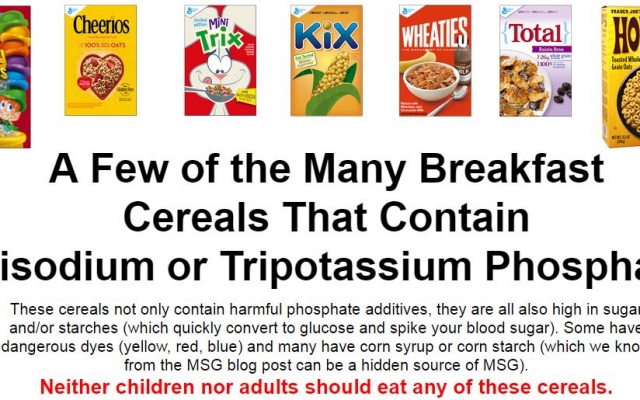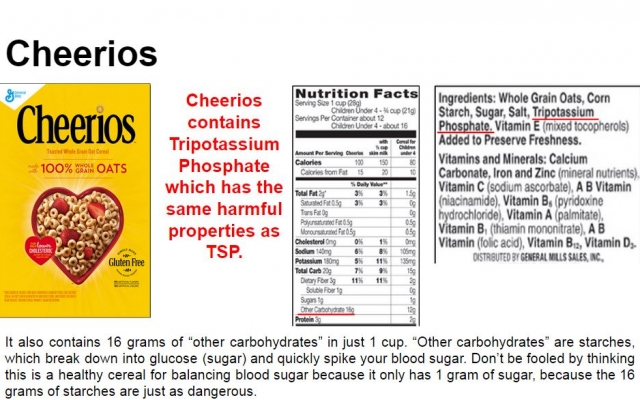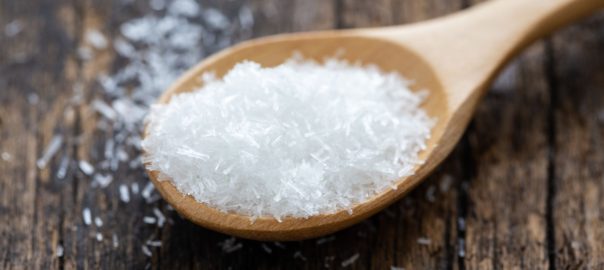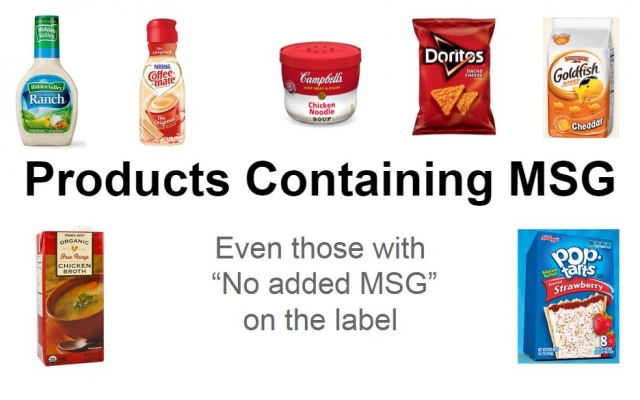What is a food additive?
A “food additive” is defined by the Food and Drug Administration (FDA) as any substance that directly or indirectly becomes a component or otherwise affects the characteristics of any food. This includes any substance used in the production, processing, treatment, packaging, transportation, or storage of food.
Food additives are used to maintain or improve safety, taste, texture, freshness, appearance, and nutritional value. The use of these additives is skyrocketing due to the increased production of prepared, processed, and convenience foods.
How are additives approved for use in foods?
To market a new food or color additive or for an alternative use, a manufacturer or other sponsor must first petition the FDA for its approval. Under the Food Additives Amendment, ingredients that are Generally Recognized As Safe (GRAS) were exempted from the regulation process. GRAS food ingredients are generally recognized by experts as safe based on their history of use in food before 1958 or based on published scientific evidence. Among the several hundred GRAS substances are sugar, spices, vitamins, salt, and monosodium glutamate (MSG). As you'll see in this article, not all of these additives are as safe as GRAS status would lead you to believe.
What is a “direct” food additive?
According to the FDA, “direct food additives are those that are added to a food for a specific purpose in that food.” For example, using trisodium phosphate (TSP) in meat and poultry products to retain moisture and protect the flavor, using monosodium glutamate (MSG) to enhance the flavor or using carrageenan as a thickening agent.
The FDA maintains a database called “Everything Added to Food in the United States” (EAFUS) that contains over 3,000 ingredients approved to be added directly to food but does not require all of these ingredients to be listed on the label.
Several of these food additives are harmful and cause serious health issues!
Let’s take a closer look at a few dangerous, yet so-called safe, direct food additives, one of which can even be hidden on the label. Click on the name of each to be taken to a separate article where you can find out more about that additive's health risks and how to avoid it.
- Monosodium Glutamate (MSG) – The FDA does not require manufacturers to label foods with MSG unless the “added ingredient” is 99% pure MSG. The FDA does not require MSG to appear on the label if MSG is produced as a result of protein hydrolysis or a byproduct of protein processing. Furthermore, a product labeled “No added MSG” may still have MSG or free glutamic acid as a result of protein processing, as long as pure MSG was not added.
- Carrageenan – Must be called out on the label. Long term use can cause chronic inflammation, which is the root cause of all chronic diseases. It's prevalent in ice cream, packaged meats, alternative dairy, and non-dairy products.
- Trisodium Phosphate (TSP) – Prevalent in breakfast cereals: must be called out on the label. Long term use can lead to kidney damage, among other health concerns.
What is an “indirect” food additive?
“Indirect food additives are those that become part of the food in trace amounts due to its packaging, storage or other handling but are not intended to be directly added to, become a component of or have a technical effect in or on the food,” according to the FDA. As an example, minute amounts of packaging substances may find their way into foods during storage, such as the well known example of plastic particles that seep into the water you drink from plastic water bottles.
Another lesser known example is “modified atmosphere packing” where oxygen is replaced with carbon monoxide so meat forms an attractive, bright red color and doesn’t oxidize as quickly. The carbon monoxide by itself isn’t harmful but this reaction prevents the meat from browning naturally with age, so it’s difficult to tell how fresh it really is. The meat could possibly already be spoiled when you purchase it because it still “looks good.” For this reason, the use of carbon monoxide in modified atmosphere packing is banned in the European Union (EU), but the FDA still permits this practice in the United States.
What to do to avoid these harmful food additives and packaging practices?
The long term damaging effects of these so-called generally recognized as safe food additives and food packaging practices the FDA is allowing the food industry to use should open your eyes to the fact the FDA does not have your best interest in mind. This means you have to take it upon yourself to “know what’s really in your food”… as Mira would say.
Start by avoiding all processed and packaged foods and instead eat whole (unrefined and unprocessed), organic (chemical-free and non-GMO) and nutrient-rich food that comes from as close to home as you can find.
Buy your meat, poultry, eggs and dairy from your local farmer whenever possible. This way you can make sure the cows are grass-fed/grass-finished and organic (not shot up with any hormones or antibiotics), the chickens are pasture-raised throughout their entire lives and neither animals are fed any grains.
- Eatwild.com is a good site to find local farmers who sell grass-fed meat, poultry, eggs and dairy.
- Realmilk.com is a good site to find local farmers who sell raw milk, meaning it’s not pasteurized (another harmful manufacturing process).
- Findrealfood app is an app for your phone that finds “real” food (raw dairy, grass-fed meat, etc.) based on your specific location.
- Check out Mira's Resources Page for a wealth of valuable information on where to find high quality products that Mira recommends.
Stay abreast of food recalls using the Foodsafety.gov site. There is an option on the left of this website called Get Automatic Alerts that will send you an email every time a new recall is announced.


















